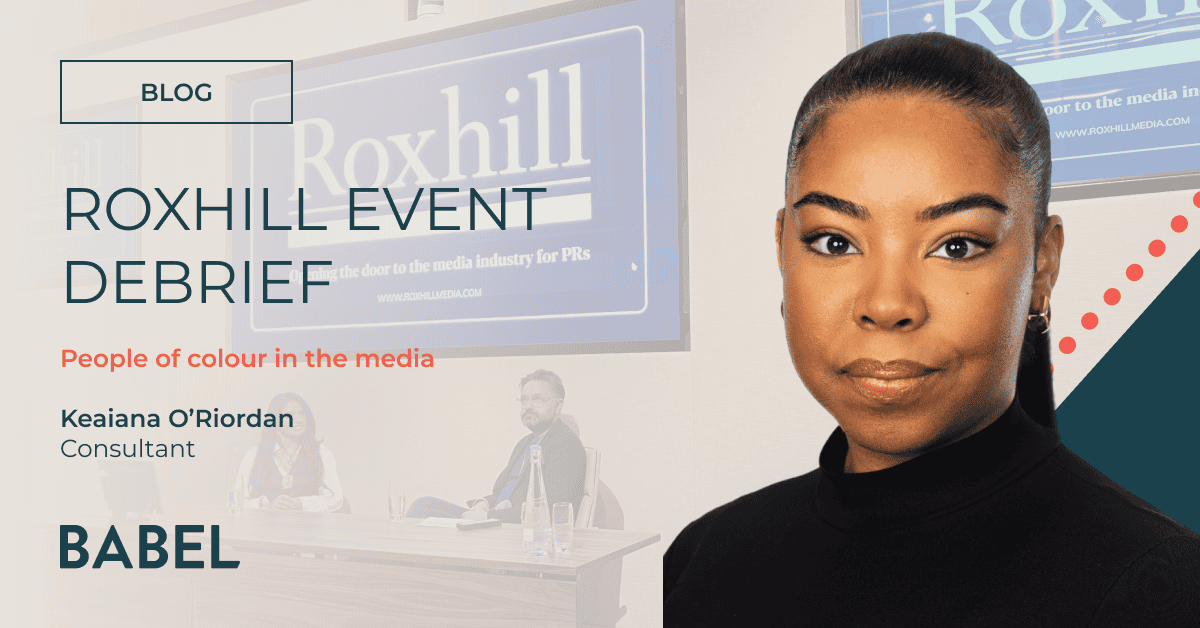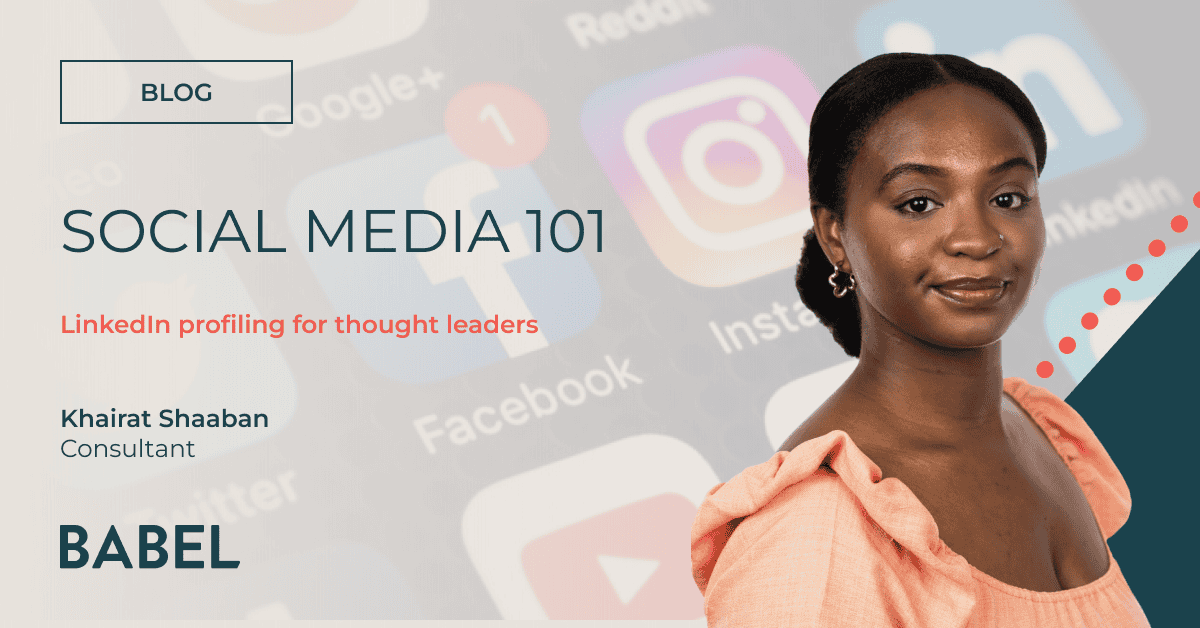
Media planning ahead of MWC Barcelona 2020: creating a PR runway that works
With 2019 soon drawing to a close and one of the most significant events in the telecoms calendar fast approaching – we sat down with Paul Campbell for a Q&A on the best media strategy and tactics to create a ‘PR runway’ into the event – landing the right messages and using the lead-in time to achieve visibility and share of voice. This Q&A forms part of Babel’s series of blog posts on MWC which to date have focused on grabbing the media’s attention at the event. But what about the strategy and planning beforehand?
What is the biggest thing companies should think about when devising an MWC media strategy?
Paul: MWC provides a platform for exhibitors to speak with authority about the industry and challenges facing their customers. Maximising your time in January and February is paramount in complementing the nature of the MWC news cycle. Much of the media outreach and engagement (and activity around product announcements for example) is now expected to take place beforehand, so a disciplined approach to planning Influencer Relations, Social Media and Content Marketing and is now seen as the holy grail to good coverage and cutting through the noise.
What advice can you offer to businesses looking to generate traction for their news announcements at MWC?
Paul: With everyone fighting for ‘share of voice’ the relationship with influencers and the timing of when you approach them will be critical to being featured in their stories. Regardless of whether you’re a household name, a market challenger or a start-up, there isn’t a single tech company that can guarantee favourable media coverage at the show.
There is actually a growing trend for the bigger, more well-known brands to hold press events and showcase new products prior to MWC to avoid strategic news getting lost in the noise at the show. Subsequently, journalists are now engaged in the months and weeks leading up to MWC Barcelona, providing companies with a window of opportunity to generate media coverage. This ramp up period is a great chance to generate awareness for your brand and interest at your stand during the show.
If you do plan to release an announcement at MWC, it’s worth bearing in mind that many journalists write up their stories in advance of the show as they just won’t have the time to do it when on the ground. Therefore, if you want to improve the chances of your news being covered at the show, you should send your news to journalists, under embargo, ahead of the event. Think about their audience and why the news matters to them. If you can clearly and concisely articulate why your announcement is important for the industry, you should be in a strong position to generate coverage.
Have you got any tips for influencer engagement in the run-up to MWC?
Paul: It’s simple: take full advantage of the heightened media attention before the show to engage with influencers to get your message across and drive your brand narrative. You’ll face a lot of tough competition, so line up and lock in those ‘at-show briefings’ with analysts in early January, and then with the trade press as soon as they open up their diaries in early-to-mid February.
You should also use January as an opportunity to carve out a reputation as a thought leader. This means proactively engaging with finely-targeted influencers and talking about the things that matter to their broader readers, as well as your targeted prospects and customers. Generating thought leadership coverage in the run-up to MWC is important if you want to improve your brand visibility and generate interest from customers and prospects at MWC.
And content marketing: how should that be approached and when?
Paul: Again, preparedness is the key and all messaging should be finalised and ready to take to the market in January. You should look to develop a number of core messages for MWC, that can be easily adapted for your different customers and audiences. This will make easier to share relevant soundbites on social media, in real-time conversations or media pitches.
Top tips
- Make your content work harder by re-purposing assets created before and during the show so it can stand out at the right time
- Focus organic content around the creation of a whitepaper, which outlines your messaging and position, as well as full tech-specs around your product or service offer and USP
- Additional collateral can then be created around this, such as top-line information for sales teams and various opinion-led strands for a blog series
- Make sure that you post regular blogs and industry commentary as this will drive your engagement up and make you look ‘less salesy’. The old-adage of ‘being interested and interesting’ usually works a treat.
How do you think companies can best capitalise on social media as the gatekeeper of news?
Paul: Companies should be listening to relevant conversations across social media and joining in with conversations between influencers when relevant. As I mentioned earlier, loading up the narrative and the messaging early on will make it easier to stay bang on message, while appearing natural and conversing in real-time. Some of those conversations can then be taken offline, and that’s when the true engagement can happen in an organic way and all the preparations can bear fruit with new conversations and relationships.
Top tips
- Build up anticipation before the show by conducting an audit of influencers and trends using social media listening and engagement tools
- Use this intelligence to target influencers, drive engagement and build rapport
- Be channel specific in your messaging: infographics work really well on Twitter while LinkedIn supports long-form blog post creation, which is ideal for developing individual spokesperson profiles.





